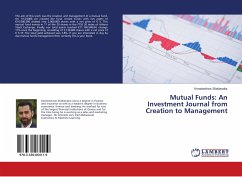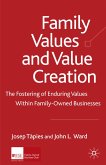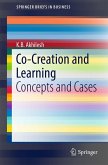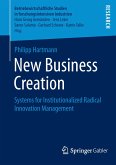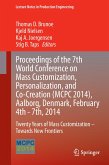Money creation is the process by which new money is produced or issued. There are three ways to create money: by manufacturing paper currency or metal coins, through fractional reserve banking and lending by the banking system, and by government policies such as quantitative easing. The practices and regulation of production, issue and redemption of money are of central concern to monetary economics (e.g. money supply, monetarism), and affect the operation of financial markets and the purchasing power of money. Central banks measure the money supply, which shows the amount of money in existence at a given time. An unknown portion of the new money created is indicated by comparing these measurements on various dates. For example in the US, one of the various money supply measurements, called M2, grew from $286.6bn in January of 1959 to $8,327bn in May 2009. The destruction of currency may occur when coins are scrapped to recover their precious metal content, which can be motivatedby the value of the metal coming to exceed the face value of the coin, or when the issuer redeems the securities.
Bitte wählen Sie Ihr Anliegen aus.
Rechnungen
Retourenschein anfordern
Bestellstatus
Storno



